Pedestrian movement modeling crucial for urban planning
Urban design is evolving, and sustainability and inclusivity is now on the agenda. Pedestrian movement is an important part of it, and with the contribution of effective modeling of pedestrian flows, urban planning can promote sustainable mobility, reduce carbon emissions, enhance public health, and foster social cohesion. Within DTCC, the milestone project Crowd Movement has been working to link macroscale and microscale simulations to predict pedestrian movement flows. The project has now released its first research report.
Current transport models often overlook pedestrians. To address this, models must capture the nature of pedestrian dynamics. Macroscopic models simulate flows on a city level, while microscopic models focus on individual street-level behavior.
Hybrid models, like the Crowd Movement Milestone Project, combine macroscopic and microscopic approaches, offering a comprehensive understanding of the interplay between the built environment and pedestrian behavior. Advancements in the project also include stand-alone solvers for simulations.
Going forward, the project is looking to create user-friendly decision support tools within the Digital Twin City platform. Our focus will also be on refining network models, incorporating real-world pedestrian behavior, studying interactions with other traffic modes, and exploring synergies with noise and air pollution data. Technological advancements and interdisciplinary collaboration will play a pivotal role in creating sustainable, inclusive, and vibrant urban environments.
Read the full report here: Research Report Crowd Movement 2023
For more information please contact:
Meta Berghauser Pont
meta.berghauserpont@chalmers.se
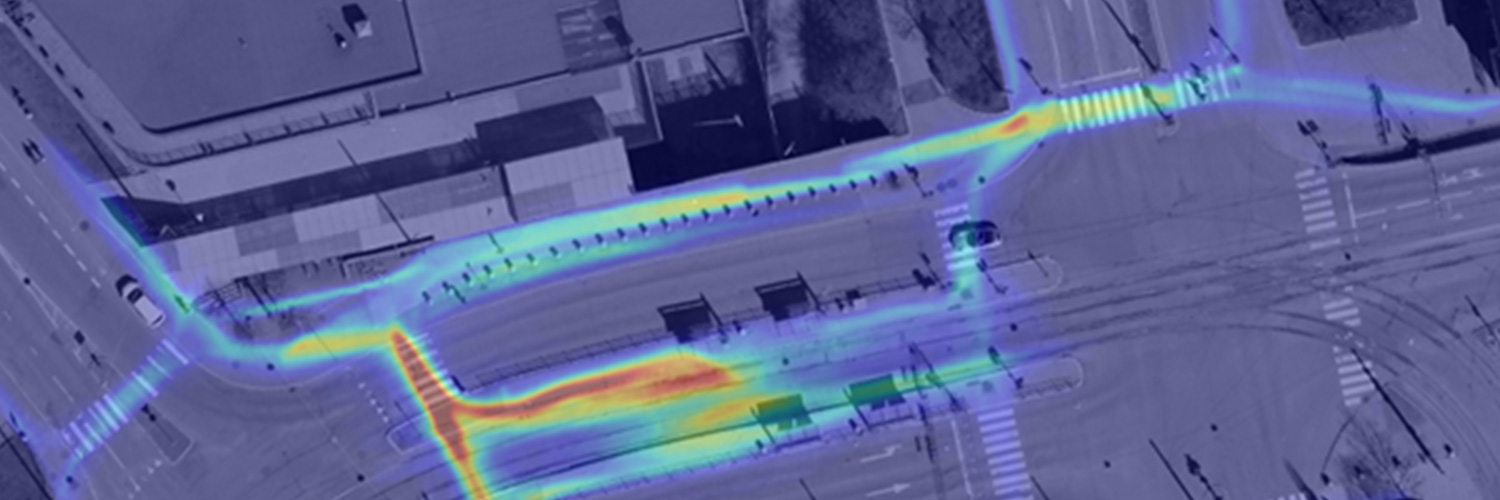

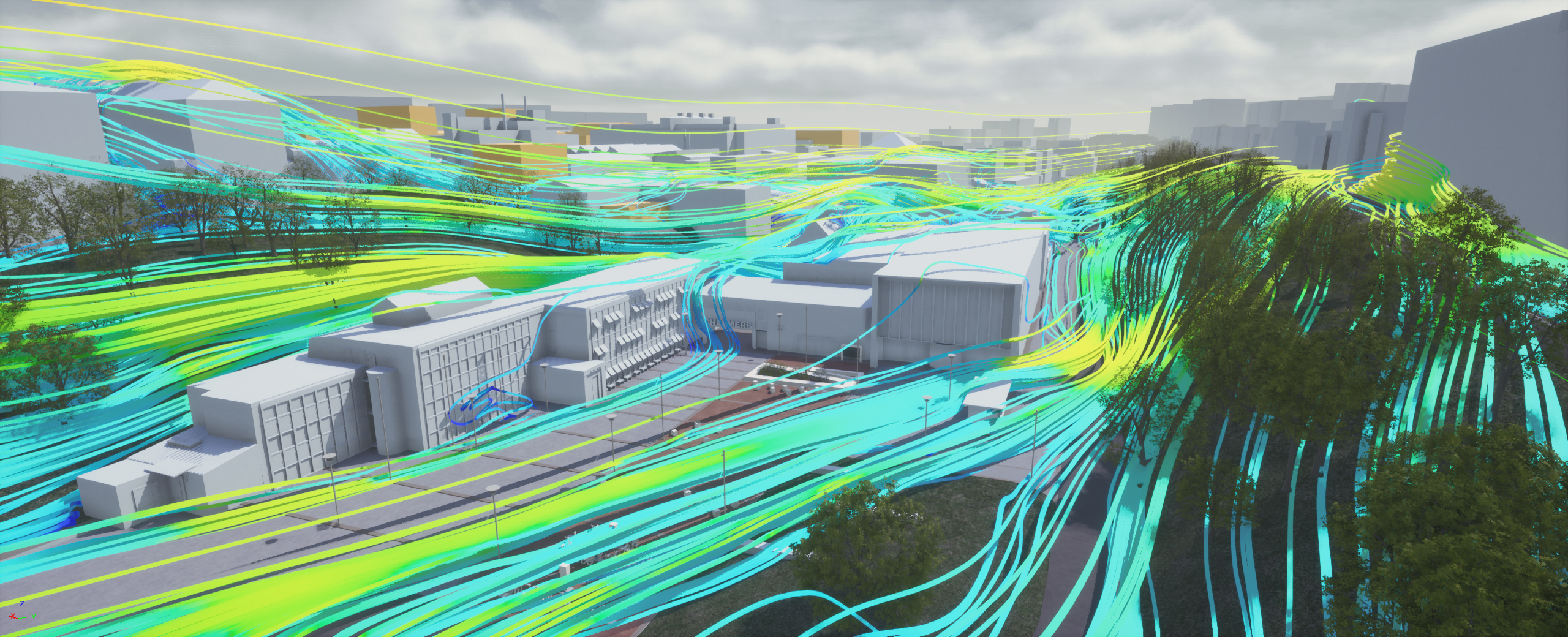


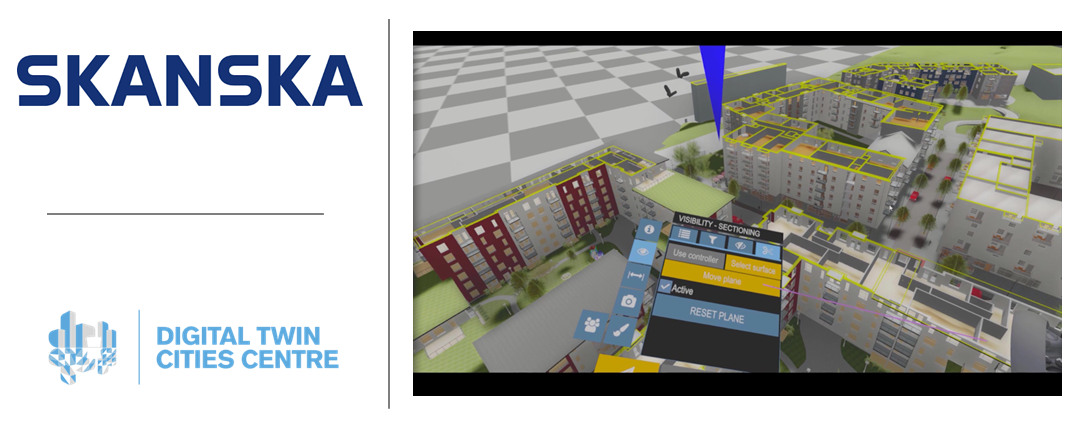
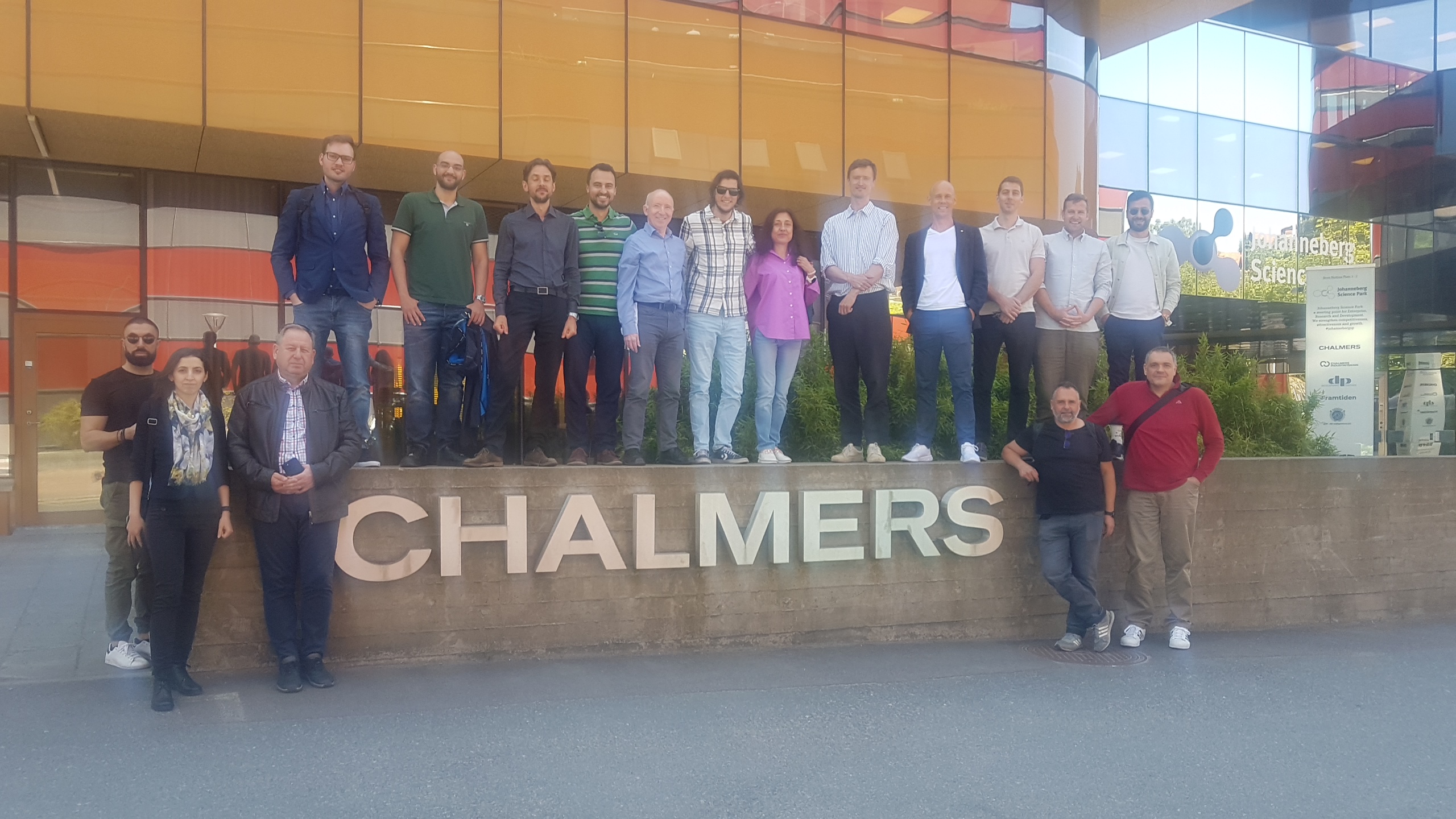
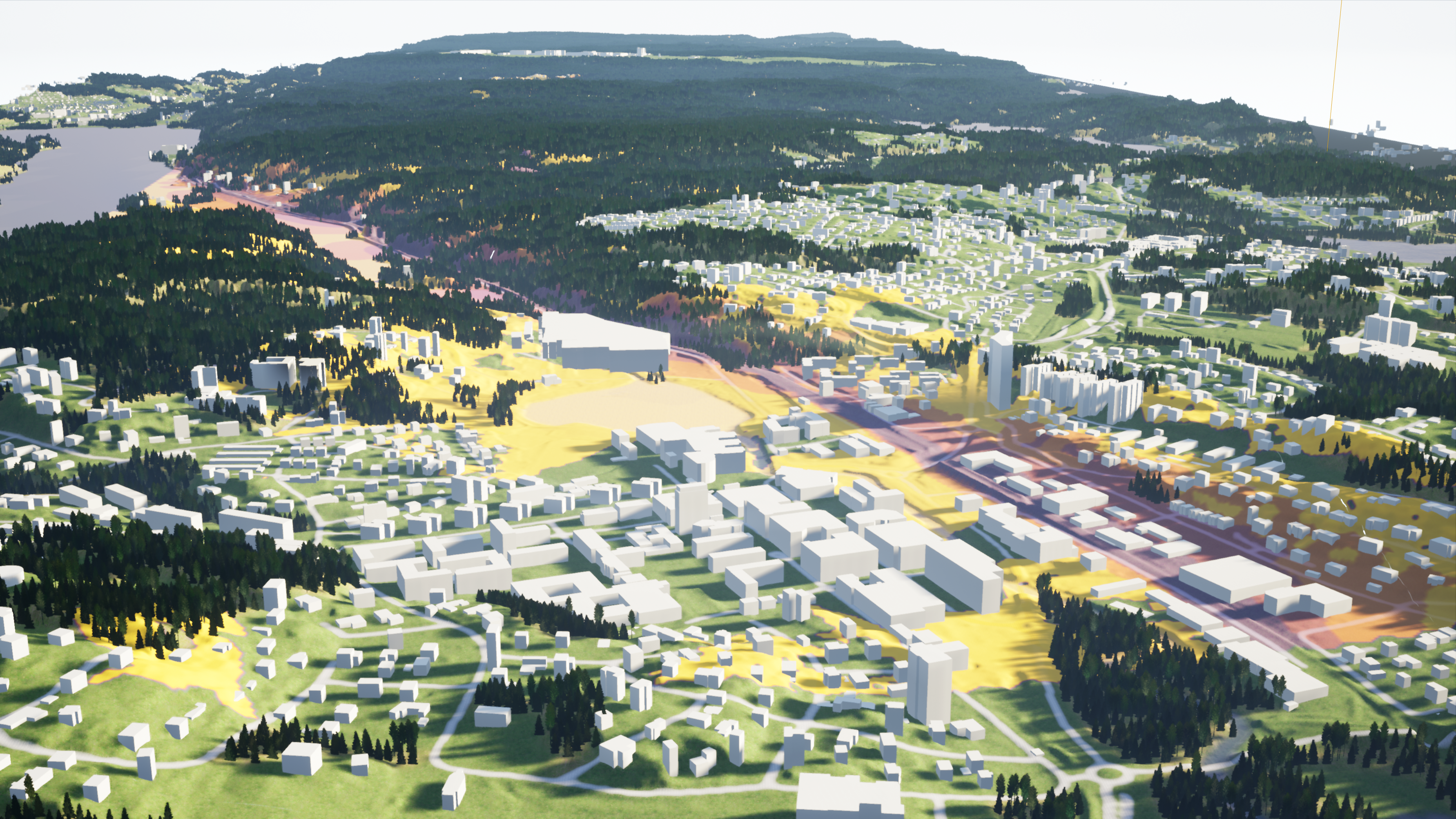

Related Posts